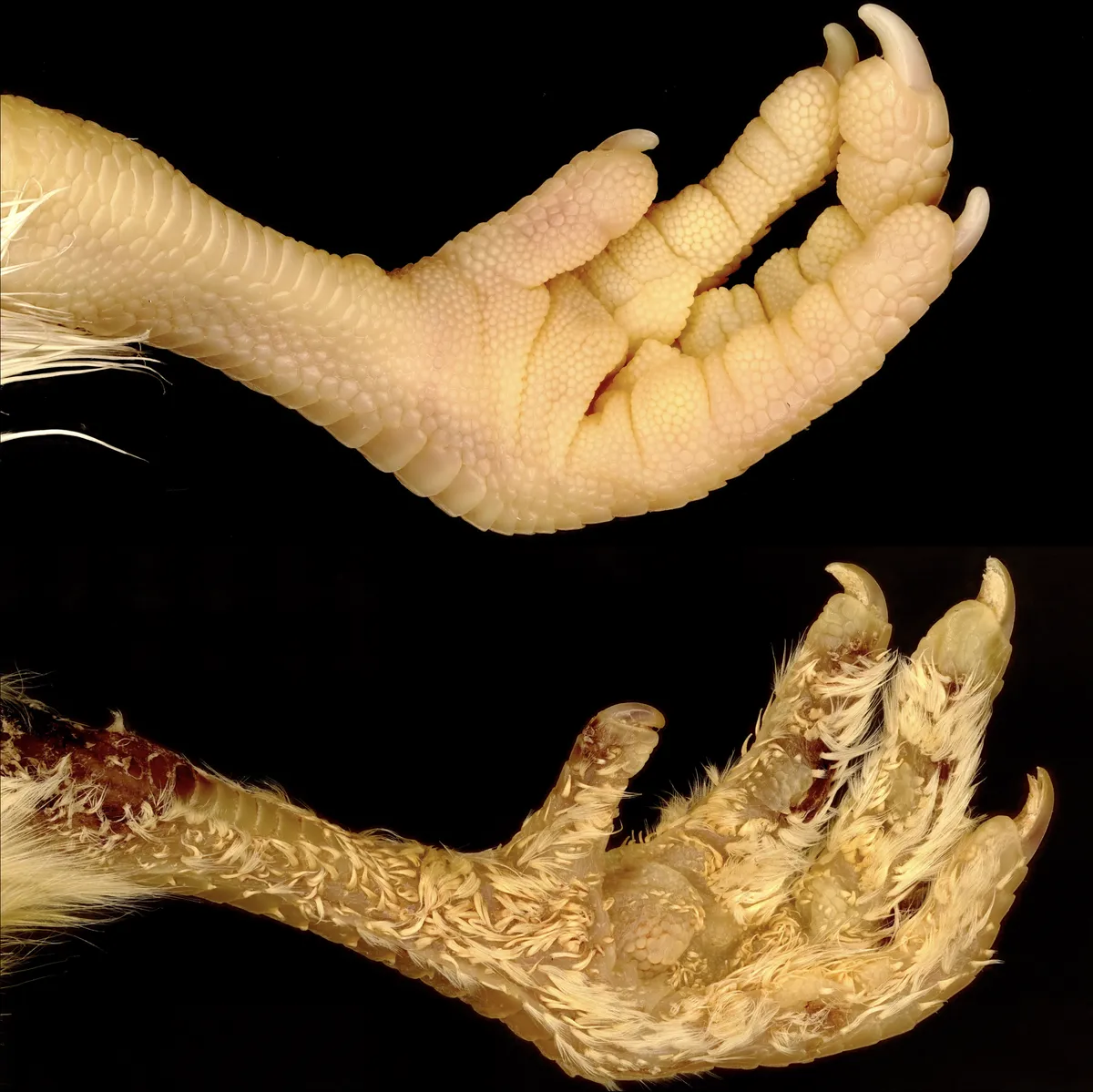Despite their clear differences, new research shows that just a few genes separate the growth of scales from feathers in animals, and it all has to do with a gene named after Sonic the Hedgehog.
Appendages from the skin such as hair, feathers and scales are common and diverse across mammals, but they all are created when skin cells hardens in the necessary areas of the body. It’s a certain cluster of genes that influence this hardening, one of the most important being the Sonic Hedgehog gene (or Shh gene).
Why? It’s the Sonic gene that controls the signalling pathway – a communication system that allows the transmission of messages between cells. The signalling pathway also helps build skin appendages and the neural tube (the early stages of the brain and spine).
In a recent experiment, a team led byMichel Milinkovitch– a professor in the department of genetics and evolution at the University of Geneva – investigated the potential role of the Shh pathway.
The big finding: by activating the Shh pathway in chicken embyros, they were able to trigger the formation of feathers where there would normally be scales.

“We used the classic technique of ‘egg candling’, in which a powerful torch illuminates blood vessels on the inside of the eggshell,” said Rory Cooper, a post-doctoral researcher in Michel Milinkovitch’s laboratory and co-author of the study.
“This allowed us to precisely treat chicken embryos with a molecule that specifically activates the Shh pathway, injected directly into the bloodstream”.
The feathers that were generated are comparable to those across the rest of the body. This means they are regenerative and can be subsequently replaced by adult feathers without any further interaction from the researchers.
When compared with a control embryo, injected with a substance that didn’t contain the active molecule, analysis showed that the shh pathway was immediately activated following the injection. This acts as confirmation to the pathways underlying involvement in the conversion of scales to feathers.
‘‘Our results indicate that an evolutionary leap - from scales to feathers - does not require large changes in genome composition or expression. Instead, a transient change in expression of one gene, Shh, can produce a cascade of developmental events leading to the formation of feathers instead of scales,’’ said Michel Milinkovitch.
Read more:
